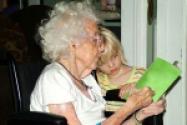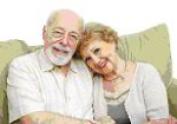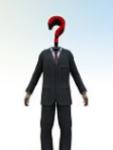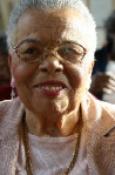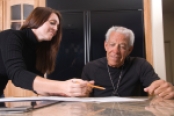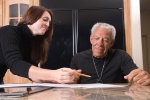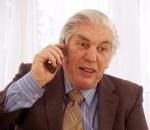 Most seniors want to stay in their homes and remain independent yet often believe they can’t for a number of reasons. Making some home modifications could make their wish of remaining in their home a reality by providing a safer more comfortable environment.
Most seniors want to stay in their homes and remain independent yet often believe they can’t for a number of reasons. Making some home modifications could make their wish of remaining in their home a reality by providing a safer more comfortable environment.
More than one third of those age 65 and older suffer injuries from a fall each year according to research from the National Center for Injury Control and Prevention. AARP research suggests the leading cause of injury and deaths among seniors is falls. Modifying one’s home can help to eliminate common hazards and help to improve the quality of living in one’s home. Improving the safety of one’s home can help one have more comfort, convenience, and remain independent and active in their community. Some people have mobility limitations from causes other than falls and still want to stay in their home. This too can be accomplished with some home modifications.
Bathing, toileting, cooking, and climbing stairs can be made easier to perform by adapting one’s home. Modifying one’s home can be as simple as installing grab bars in the bathrooms, removing throw rugs, moving electrical cords from hazardous locations, touch buttons for turning lights on and off to installing entrances to accommodate wheel chairs and lifts to access another level.
By assessing and modifying one’s home, one can live more safely, comfortably and remain independent. But how can one afford this? A reverse mortgage may be the solution beyond what Medicare or insurance will pay for.
A reverse mortgage is a special loan to allow seniors to remain in their home with security, independence, dignity, and control by converting the equity into cash. Similar to a conventional loan where a lien is placed on the home yet the borrower retains ownership. The reverse mortgage is different from a conventional loan with no income or credit scores required and no monthly mortgage payment requirements.
The reverse mortgage loan amount is based on the age of the borrower, their home value and an Expected Interest Rate. Due and payable when the home is no longer the primary residence, usually when they move, die or sell, a reverse mortgage can allow one to remain in their home and use the equity now. As a non-recourse loan there is no personal liability to the borrower or their estate as long as they are not retaining ownership. If the home is sold for more than the loan balance then the borrower(s) or their heirs keep the difference.
Bob, a Minnesota senior who had lost his wife wanted to stay in his home. He did the reverse mortgage and with a portion of his proceeds he modified his home to be prepared for the future such as having the doorways wider to accommodate a wheel chair and grab bars installed. He’s thrilled that he was able to have his home modified and will be able to remain there for years to come.
© 2010 Beth Paterson, Beth’s Reverse Mortgage Blog, 651-762-9648
This material may be re-posted provided it is re-posted in its entirety without modifications and includes the contact information, copyright information and the following link: http://wp.me/p4EUZQ-ob
Related articles:
- Reverse Mortgage Helps Minnesota Senior To Be Prepared For The Future
- Know A Senior Who Want Security, Independence, Dignity and Control? A Reverse Mortgage May Be The Answer
- Reverse Mortgages Come To The Rescue For Senior Homeowners
- Reverse Mortgages Answer Prayers
- Respect for Oneself Increases With A Reverse Mortgage
- Reverse Mortgages Finance Home Care
- Why Be Embarrassed To Do A Reverse Mortgage?
Blog posts’ information is current as of date post published, program is subject to change in in the future. Contact us for current information, 651-762-9648.
This site or the information provided is not from, or approved by, HUD, FHA, or any US Government or Agency.

